Various studies have shown that each person’s perception of healthy eating differs. It varies significantly from one region to another or from one country to another. That is why the health authorities of each country create food education programs adapted to the populations to improve the population’s food intake through understandable and easy-to-implement recommendations.
The food guides
Among the different intervention strategies, we find the food guides, which translate the nutritional objectives and the recommended intake of nutrients into a language understandable to all, recommending the consumption of food in portions, distinguishing the frequency of consumption (daily, weekly, occasional… ) and forming food groups according to their nutritional similarity. There are different representations in graphic form: the food wheel, consumption frequency tables, the nutritional pyramid…
Food is constantly evolving, and therefore the updates regarding nutritional advice are also reflected in the updates of the food guides, the WHO (World Health Organization), the SENC (Spanish Society of Community Nutrition), and departments of health of the autonomous communities periodically publish updates to their food guides.
What is a balanced diet?
A balanced diet means following a healthy diet, which we can define as a diet that is complete and sufficient (provides us with all the nutrients we need), adapted to our characteristics (sex, age, height, physical activity…), to the environment, sustainable and affordable. Base your diet mainly on fresh vegetables and fruits, legumes (lentils, chickpeas, beans…), nuts (walnuts, almonds, hazelnuts…), whole grains (bread, rice, pasta…), tubers (potatoes or sweet potatoes), oil virgin olive oil, and to a lesser extent fish, simple dairy products, meat and eggs. We are avoiding processed foods rich in fats and sugars.
Foods to avoid:
Sugar.
Honey and syrups.
Jam.
Chocolate and cocoa powder with sugar.
Margarine and butter.
Fruit juices.
Sugary drinks such as soft drinks, packaged juices...
Milk and chocolate-sweetened shake.
Sweetened yogurts and other sugary dairy desserts (custard, custard...)
Pastries.
Cookies.
Bauble.
Sugary breakfast cereals.
Sausages and other processed meats.
Alcohol.In lunch and dinner plate method
The plate or plate method of Harvard is a handy tool to learn how to create balanced plates simply. It is based on visually using the plate to distribute the food in appropriate proportions, allowing different combinations to prepare menus, and ensuring a correct nutritional composition. It is recommended that varied culinary techniques be used throughout the week, in amounts according to the needs of each person, depending on whether they have to lose weight, are an athlete, are a child, adolescent, pregnant woman…
The visual distribution of the food on the plate will be:
50% vegetables: you should try to eat fresh, seasonal, and local, as they have better taste, smell, and nutritional quality. They provide little energy and many vitamins, minerals, and fiber.
25% whole grains and tubers: this group includes potatoes, sweet potatoes, bread, rice, corn, quinoa... preferably whole grains. Carbohydrates mainly provide energy in addition to vitamins, minerals, and fiber.
25% lean meat, fish, eggs, and legumes (chickpeas, beans, lentils, peas...). Fatty meats, sausages, cured meats, smoked meats... are excluded for occasional consumption due to their high content of saturated fats. They provide proteins, mainly to create and repair the body's cells and promote optimal bone and muscle growth.The dish must be accompanied by water as a drink, fruit, or natural yogurt without sugar for dessert.
One-day diet example
Breakfast:
Coffee with milk or vegetable drink without sugar
Sandwich of integral bread with tomato and avocadoMidmorning:
Natural yogurt with a chopped kiwi and a handful of hazelnuts.
Glass of waterFood:
Oak leaf, lamb's lettuce, and roasted red pepper salad
Chickpeas with tomato and hard-boiled egg
a slice of watermelonAfternoon snack:
Peach
InfusionDinner:
broccoli with couscous
Grilled hake with garlic and parsley
AppleThe quantities of food will be adapted according to individual needs. Mid-morning meals and snacks are an excellent time to take foods we need to cover throughout the day.
What you should know…
A balanced diet means following a healthy diet, and That is to say, complete and sufficient (it provides all the nutrients we need), adapted to our characteristics (sex, age, height, physical activity...), to the environment, sustainable and affordable.
The plate method or Harvard plate is a handy tool based on using the plate visually to distribute food in the right proportions and allow correct nutritional composition.
We must not forget that an active lifestyle and regular physical exercise are fundamental, together with good eating habits, to have a good state of health.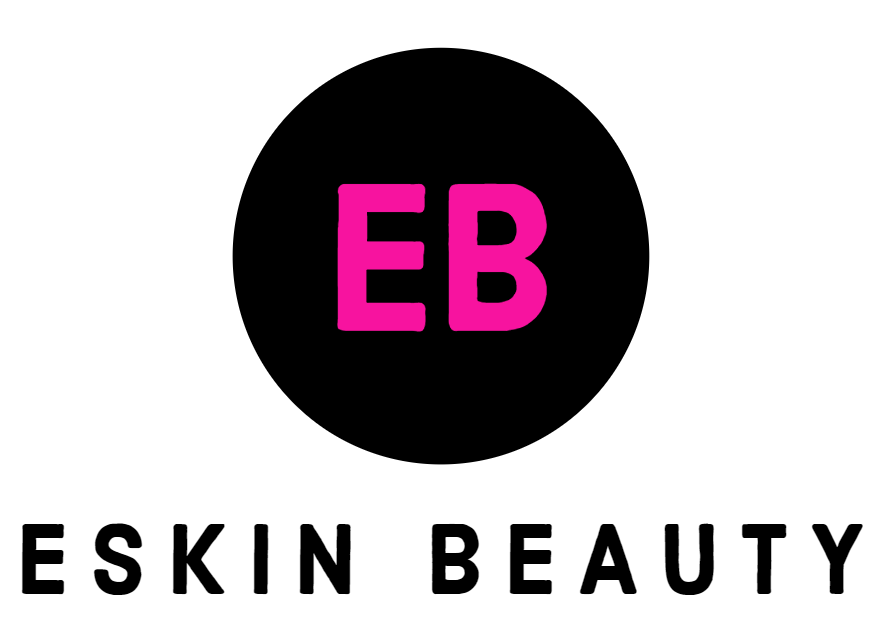




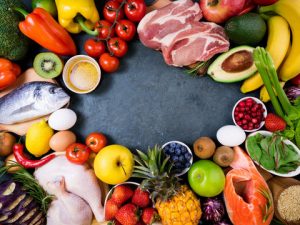
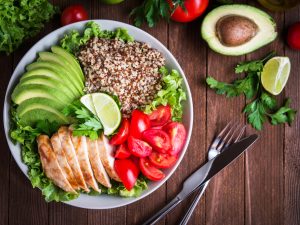
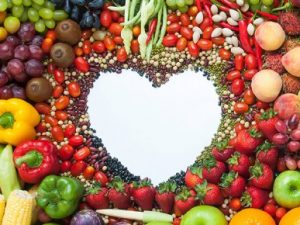



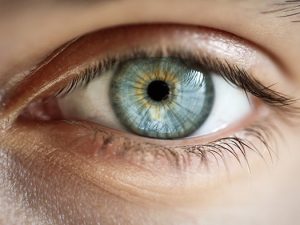



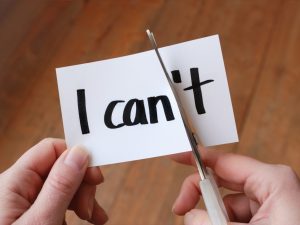














Add Comment